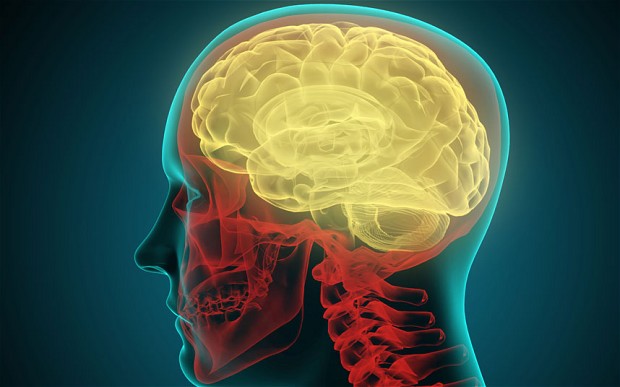Mouse Study Examines Affects of Iron Accumulation in Brain as Contributor to Sanfilippo Syndrome Type B

Iron accumulation in the brain, induced by inflammation, may contribute to the development and progression of Sanfilippo syndrome type B, according to a mouse study.
The study, “Predominant role of microglia in brain iron retention in Sanfilippo syndrome, a pediatric neurodegenerative disease,” was published in the journal Glia.
While iron is essential for several biological processes, it also can cause damage. Iron balance in the brain is even more delicate, given the irreplaceable nature of nerve cells.
With age, iron accumulates in several brain regions, including in the microglia (the immune cells of the brain) and astrocytes (cells that regulate nerve cell communication and survival).
Increased iron accumulation (as well as brain inflammation) also has been observed in several neurodegenerative disorders such as Parkinson’s disease and Alzheimer’s disease, and is associated with cellular damage and oxidative stress.
Hepcidin, an iron balance-regulatory hormone, suppresses ferroportin (FPN1) — the protein that transports iron out of cells — and leads to cellular iron accumulation. Hepcidin can be induced by brain inflammation, suggesting it may be the cause of iron retention in the brain in the context of brain inflammation.
Sanfilippo syndrome type B (also known as mucopolysaccharidosis type IIIB (MPS IIIB) is an early neurodegenerative disorder, caused by toxic accumulation of large sugar molecules called heparan sulfate. This disorder also is associated with brain inflammation, but so far, only one study has revealed progressive iron accumulation in two patients with MPS IIIB.
But in the current study, researchers investigated brain iron levels in Sanfillipo syndrome type B, and the possible link between heparan sulfate accumulation, brain inflammation, and iron accumulation, using a mouse model of the disease.
MPS IIIB mice displayed iron accumulation in the brain, especially in the cortex region, which increased with age. This was associated with increased levels of hepcidin and reduced levels of the ferroportin iron exporter.
Exposure to heparan sulfate molecules purified from MPS IIIB patients’ urine significantly increased hepcidin levels specifically in microglia and, to a lesser extent, in astrocytes, grown in the lab. Hepcidin increase also was dependent on the activation of inflammatory pathways, suggesting a link between brain inflammation and iron accumulation in Sanfilippo syndrome type B.
“Altogether, our results in MPS IIIB mice suggest that the axis hepcidin/FPN1 (induced by an inflammatory state) is responsible for iron accumulation in the brain cortex in general and in HSO[heparan sulfate]-activated microglia and astrocytes in particular,” researchers wrote.
The team believes iron accumulation may result in the production of oxygen-associated toxic molecules, leading to the progression of oxidative damage and neurodegeneration. However, further studies must be performed in Sanfilippo type B patients to confirm these findings, and if proved true in humans, reducing brain inflammation (particularly in microglia) with anti-inflammatory drugs might be an efficient strategy to prevent disease progression.






